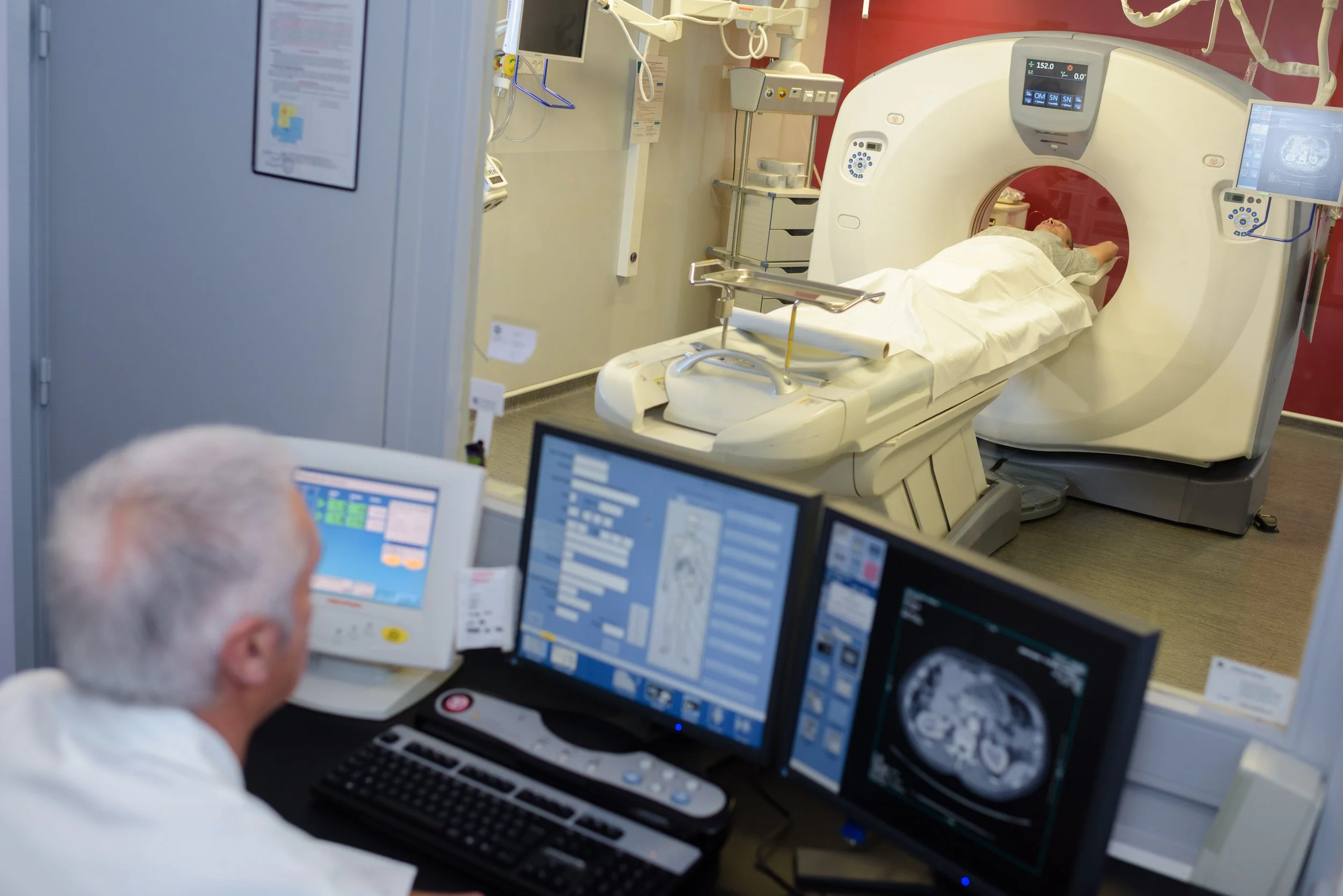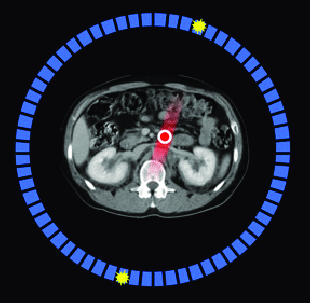
Medical Imaging Research
At CapeSym Imaging, our research and development efforts are dedicated to pioneering new materials for radiation detection that significantly outperform existing solutions. By integrating these advanced materials into detector modules and imaging instruments, we aim to swiftly bring the latest innovations directly to medical practitioners. Our success is amplified through close collaborations with leading manufacturers of medical equipment, ensuring that our technologies meet the highest industry standards. Guided by the principle of achieving exceptional performance at low production and ownership costs, we strive to make cutting-edge medical imaging accessible and affordable for healthcare providers worldwide.
-

CdTe/CZT CT Detectors
CdTe and CZT detectors are transforming photon counting CT applications with their exceptional energy resolution and detection efficiency. In addition to commercial offering of these detectors, the R&D team at CapeSym continues to improve the properties of the underlying substrates as well as developing lean manufacturing methods to reduce the cost of CdTe/CZT PCCT detectors.
-

PEROXI - Perovskite X-ray Imagers
CapeSym Imaging's PEROXI X-Ray Imagers leverage perovskite semiconductors to deliver exceptional spatial resolution at low radiation doses and effectively operate at higher X-ray energies. Surpassing the performance of traditional materials like amorphous selenium and CsI, these innovative detectors set a new standard in X-ray imaging, offering superior image quality for enhanced diagnostic capabilities.
Contact us today to learn more about how PEROXI X-Ray Imagers can transform your imaging capabilities and to discuss customization options tailored to your needs.
-

SPECT Gamma Detectors
We are developing the next generation of of semiconductor detectors for medical imaging, with a special focus on CsPbBr3. CsPbBr3 detectors meet and/or exceed the performance of incumbent CdTe/CdZnTe detectors in photon counting CT and SPECT applications but hold the promise of much higher production yield than CZT and thus lowering the production cost ten fold. The availability of low-cost semiconductor detectors will significantly reduce the cost of CT and SPECT scanners, which in turn will significantly increase their affordability.
-

UltraFast ToF-PET Detectors
In PET, coincidence counting of paired photons emitted following the positron annihilation is used to identify and locate the radiotracers in the body. Time of Flight PET (TOF-PET) uses the measured time difference between the arrivals of the two annihilation photons to improve the localization of the annihilation event in the body and thereby appreciably improve the signal-to-noise (SNR) ratio of the reconstructed image.
Our R&D effort is to develop detector modules with Coincidence Time Resolution (CTR) values of 100ps and less. This would result in achieving mm-scale localization of the annihilation events and 16 times better SNR relative to standard PET, which would be equivalent to two orders of magnitude increase in the 511keV photon sensitivity. We are developing detector modules with superior CTR performance that can be produced at a commercially viable cost.

